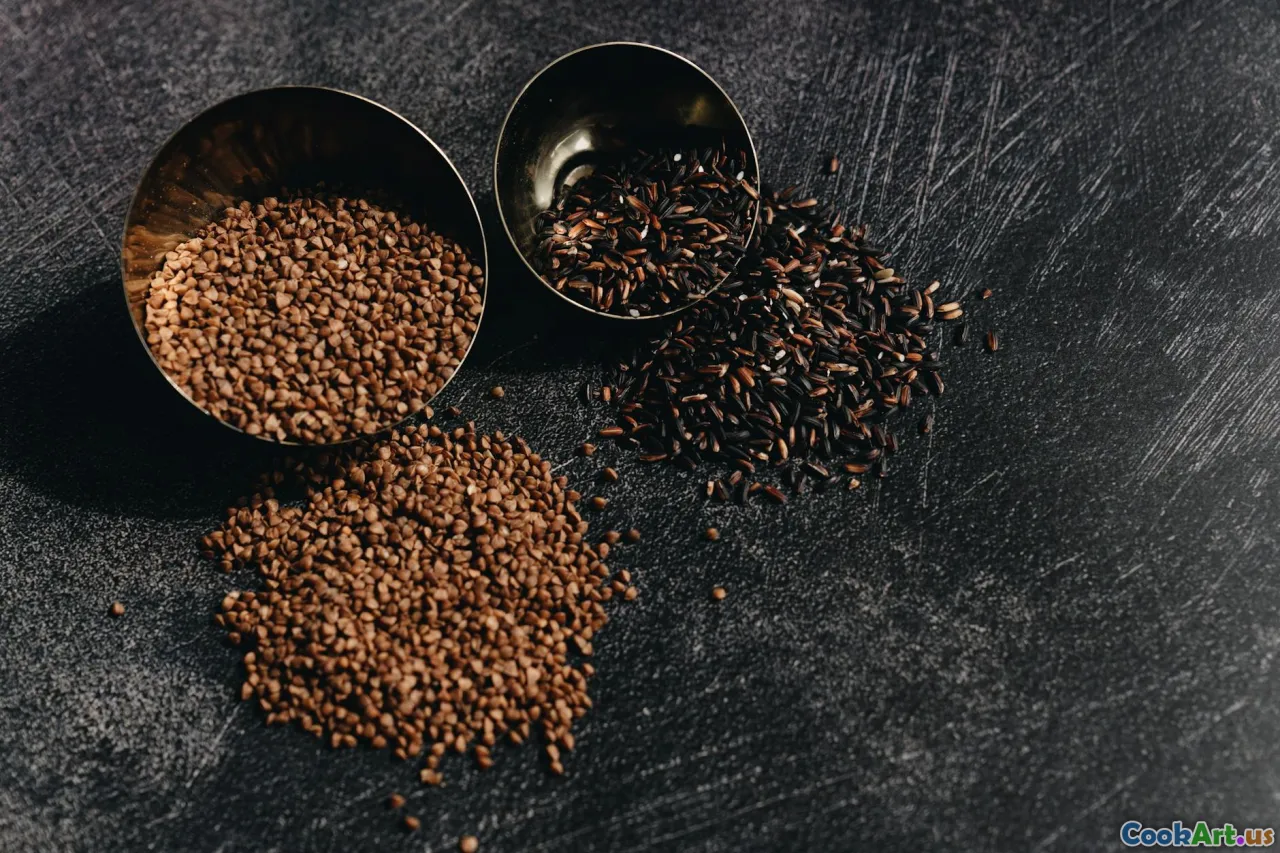Exploring Ancient Grains
5 min read Uncover the nutritional benefits and cultural significance of ancient grains and how they can enhance modern diets. April 14, 2025 12:01
Exploring Ancient Grains
In recent years, ancient grains have surged in popularity, captivating the attention of health enthusiasts and culinary adventurers alike. From quinoa to farro, these grains are not just nutritional powerhouses; they also carry rich histories that span centuries and continents. This article delves into the world of ancient grains, exploring their health benefits, culinary uses, and cultural significance.
What Are Ancient Grains?
Ancient grains refer to a diverse group of grains that have been cultivated for thousands of years, often unchanged from their original form. Unlike modern grains, which have been selectively bred for higher yields and specific traits, ancient grains retain their original nutritional profiles, making them a valuable addition to contemporary diets. Common examples include:
- Quinoa: A complete protein and a staple in the Andean region of South America.
- Farro: An ancient wheat variety, popular in Italy, known for its nutty flavor and chewy texture.
- Millet: A small, gluten-free grain that has been a staple in Asia and Africa for millennia.
- Amaranth: Once a key food for the Aztecs, this grain is rich in protein and micronutrients.
- Teff: The smallest grain in the world, primarily grown in Ethiopia, and a primary ingredient in injera.
Nutritional Benefits of Ancient Grains
Rich in Nutrients
Ancient grains are often packed with essential nutrients that contribute to overall health. They are typically high in:
- Fiber: Promoting digestive health and aiding in weight management.
- Protein: Many ancient grains, such as quinoa and amaranth, are excellent sources of plant-based protein.
- Vitamins and Minerals: They are rich in B vitamins, iron, magnesium, and antioxidants.
Gluten-Free Options
For those with gluten sensitivities or celiac disease, certain ancient grains like quinoa, millet, and amaranth offer gluten-free alternatives to traditional wheat-based products.
Low Glycemic Index
Many ancient grains have a low glycemic index, making them suitable for those looking to manage blood sugar levels. This can be particularly beneficial for individuals with diabetes or those seeking to maintain steady energy levels throughout the day.
Culinary Uses of Ancient Grains
Ancient grains can be used in various culinary applications, enhancing the nutritional profile and flavor of dishes. Here are some popular ways to incorporate them into your meals:
- Salads: Toss cooked grains like farro or quinoa with fresh vegetables, herbs, and a light dressing for a refreshing salad.
- Soups and Stews: Add grains to soups and stews for added texture and nutrition.
- Baking: Substitute ancient grain flours, such as spelt or teff, in baked goods for a wholesome twist.
- Breakfast Bowls: Use cooked grains as a base for breakfast bowls, topped with fruits, nuts, and yogurt.
Cultural Significance
Beyond their nutritional benefits, ancient grains are deeply rooted in the cultures and traditions of the regions where they originated. They are often associated with rituals, celebrations, and local cuisines. For instance:
- Quinoa was revered by the Incas, who referred to it as the “mother of all grains.”
- Teff is integral to Ethiopian culture, serving as the foundation for injera, a traditional flatbread.
- Millet has been cultivated in Africa for over 4,000 years and is often featured in cultural festivities.
Conclusion
Incorporating ancient grains into your diet not only offers a myriad of health benefits but also connects you to the rich history of agriculture and culinary traditions around the world. With their versatility and nutritional prowess, ancient grains are a testament to the wisdom of our ancestors and a valuable addition to modern health-conscious diets. Embrace these grains in your kitchen and enjoy both their flavors and the stories they carry.









